Not all 5G is created equal.
Carriers like to cover their ads with phrases that you would not know unless you had been following 5G news closely. 5G is using technology in more sophisticated ways that ever before and the bringing in much more technical phrases to explain its coverage and speed. These are some of the phrases you should know and understand if you are thinking about making the move to 5G.
5G NR
5G New Radio is the name of the standard being used to build out 5G coverage. When it comes down to it, all 5G equipment needs to work together consistently and for years to come. Anything you see today called 5G is going to be using this standard, except for one major outlier.
5Ge
The major outlier when it comes to 5G is 5Ge, which isn't 5G NR. It actually isn't 5G at all. 5G Evolution is the marketing name AT&T has given to its LTE Advanced network. While this represents the best of 4G with MIMO support and fiber optic backhauls, it really has nothing to do with 5G.
5G NSA or Non-standalone 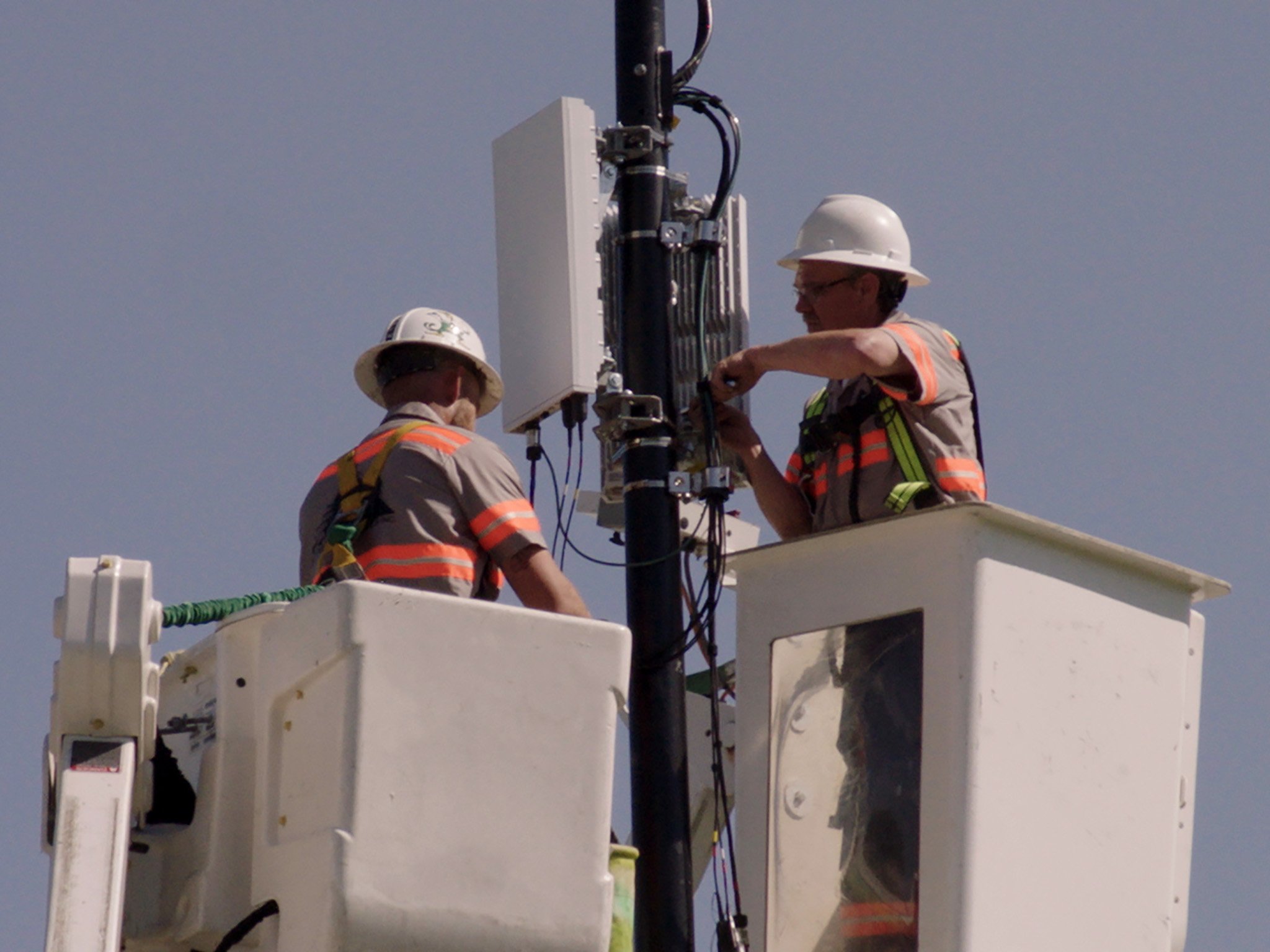
5G NR is currently working as 5G non-standalone, which means it relies on the existence of a 4G network to function properly. This 4G network can be used for certain information that's necessary for establishing a connection to a tower. Currently deployed 5G NR is NSA with a standalone deployment coming later.
5G SA or Standalone
Standalone 5G or 5G SA is the future of 5G NR deployment since it will be able to operate on its own. This will make deployments simpler and cheaper. It can also lead to an overall stronger network since the entire infrastructure will be new.
DSS or Dynamic spectrum switching
When a carrier wants to use its 4G spectrum for 5G, it has to decide whether to discontinue 4G service or share it with 5G. The best way to get this done right now is DSS or dynamic spectrum switching. With DSS, equipment on the tower changes how much of the available spectrum should be available for each connection type on the fly. Within milliseconds, the network can be adjusted to fit different types of loads.
RAN or Radio Access Network
A Radio Access Network refers to the equipment that sits between your wireless device and the internet connection at large. This tech has been evolving with wireless networks to efficiently and quickly connect your device to the internet or your carrier's wireless network. Once you connect to the closest tower, the RAN connects your through to the core network. 5G RAN does offer a bit more since it aims to bring more of your services closer to you improving speed and latency.
Core network
The core network is where your connection is taken after it has been directed by the other equipment in the tower. This can be a connection to a sub network, such as a network that provides connection to a building or a larger network that can direct traffic all over the world.
Latency
When a connection is initiated between your device and a destination such as a website, the request is sent to the server before the server decides which files to send back. The amount of time this takes is called latency. Latency depends on a lot of variables, but one significant piece of the puzzle has long been the cell tower serving all the devices connected to it. Measured in milliseconds, this transmission time greatly affects the responsiveness of a connection. Lower latency has been at the core design of 5G and will likely prove to be one of the biggest upgrades over older tech.
Bands
Even older wireless technologies like 3G and 4G operated on wireless bands. These bands are just chunks of frequency reserved for a company that has licensed them from the FCC. Think of it like using between 600Mhz and 610Mhz as a single band, or collection, of all the frequencies that can be utilized effectively for one purpose. 5G tech can utilize a very wide range of bands and from the low bands offering the coverage we had become used to with 3G and 4G to very high frequency bands that offer enormous speeds thanks to being available in large chunks but with a few significant compromises.
Low-band
The FCC says that low band frequencies are those at 600Mhz, 800Mhz, and 900Mhz. Lower frequency signals are less susceptible to interference from things like walls and atmospheric conditions, which makes them a great choice for covering a lot of geographic space.
These frequencies were preferred by many cell providers for years since they allow for large coverage areas with fewer towers. Today, however, people are using more data than ever and the high value of these lower bands means that there isn't any growing room and even with newer tech like 5G, they won't be able to keep up with the growing demand for data. For that, you need more frequency, and that is found in higher bands.
Sub-6
Sub-6, or what the FCC calls mid-band, refers to the frequencies under 6GHz but above the low-band frequencies. This currently includes 2.5Ghz, 3.5Ghz, and 3.7-4.2Ghz. As time passes, more frequencies can be utilized that were previously reserved for defunct technologies like over the air television.
Sprint has been deploying 5G service on its 2.5Ghz bands which is currently the lowest of any provider, allowing it to leapfrog its competitors in coverage. This also means that this deployment of 5G will likely never match the top speeds on offer from providers that use millimeter wave, thanks to narrower bands of available frequencies available.
Millimeter wave
Living in the space above 24Ghz, millimeter wave 5G has access to huge chunks of data allowing speeds in excess of 1Gbps. Referred to as high-band by the FCC, and mmWave by Qualcomm and AT&T, this is the current spectrum utilized by AT&T and Verizon for 5G. One issue with these frequencies is immediately apparent when it comes to coverage.
5G in the high-band requires a lot of smaller, lower range cell towers increasing the cost of deployment but also allowing for a far larger number of connections in dense urban areas. While millimeter wave highlights the benefits of 5G immediately with its immense speed and capacity, as time goes on, a combination of all of the above will make up the future of 5G coverage.
Unlicensed
Depending on location, there are unused and unlicensed chunks of spectrum. With new agreements, these spaces can be utilized for 5G and even 4G in the case of AT&T's 4G LTE LAA service. While it's not certain yet how much of this spectrum will become available for 5G use, the flexibility of 5G tech makes it a candidate.
UWB or Ultra Wide Band 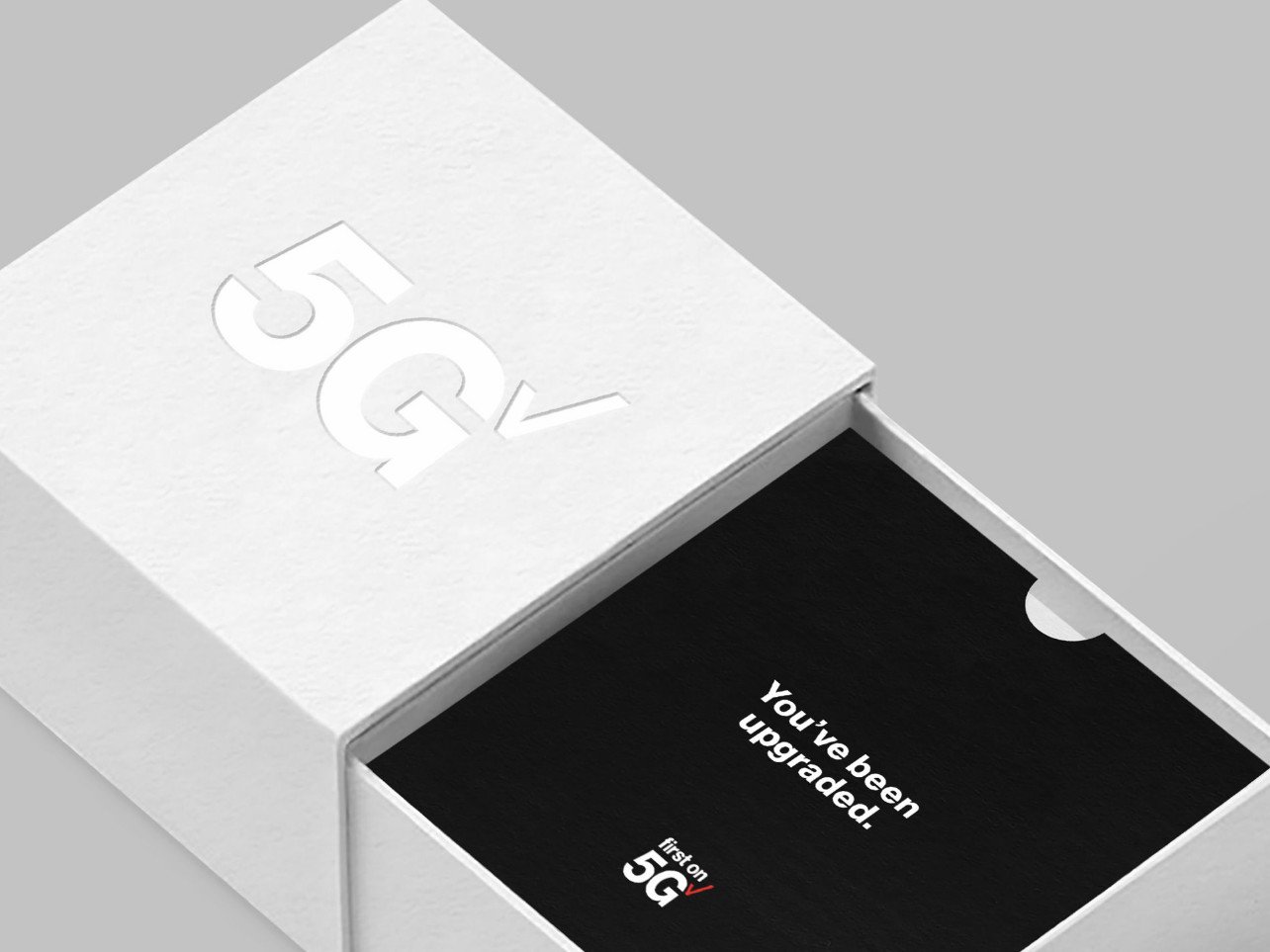
Ultra Wide Band is the phrase that Verizon Wireless is using to describe its use of high-band 5G technology. Referencing the ability to use a much larger band at higher frequencies, Verizon's particular brand of 5G should look very similar to other versions using these bands.
MIMO
Multiple-input, multiple-output technology, or MIMO, is being used on towers to help manage large amounts of traffic. This has been in use on upgraded LTE Advanced towers as well, but it's a big part of how 5G is going to deliver a smooth and consistent experience even when managing a lot of connections. In short, it manages connections to prioritize keeping connections active and moving without getting backed up due to heavier users.
Beamforming
Used to combat the reduced penetration on higher frequencies, beamforming is a technology that can use multiple sources of a signal to actively switch to a stronger and faster tower if one signal is blocked. This will be utilized to keep connections strong even when travelling between different cell sites.
Small cells
Finally, one of the most literal phrases on the list, small cells are cell phone sites much smaller than a traditional tower. These cell sites often reside on street light poles or on the ceiling of a large indoor area. The weaker penetration of higher band signals makes it necessary to install many more, but significantly faster, cell sites in dense areas. While possible to use with LTE coverage, these small cells will see much greater use with 5G.
Verizon 5G option
Galaxy S10 5G
Fast, smooth, and cutting edge
One of the most complete feeling flagship phones only gets better with 5G support and a massive battery. With a great display and cameras, this phone is the perfect tool for anyone that gets things done on the go.

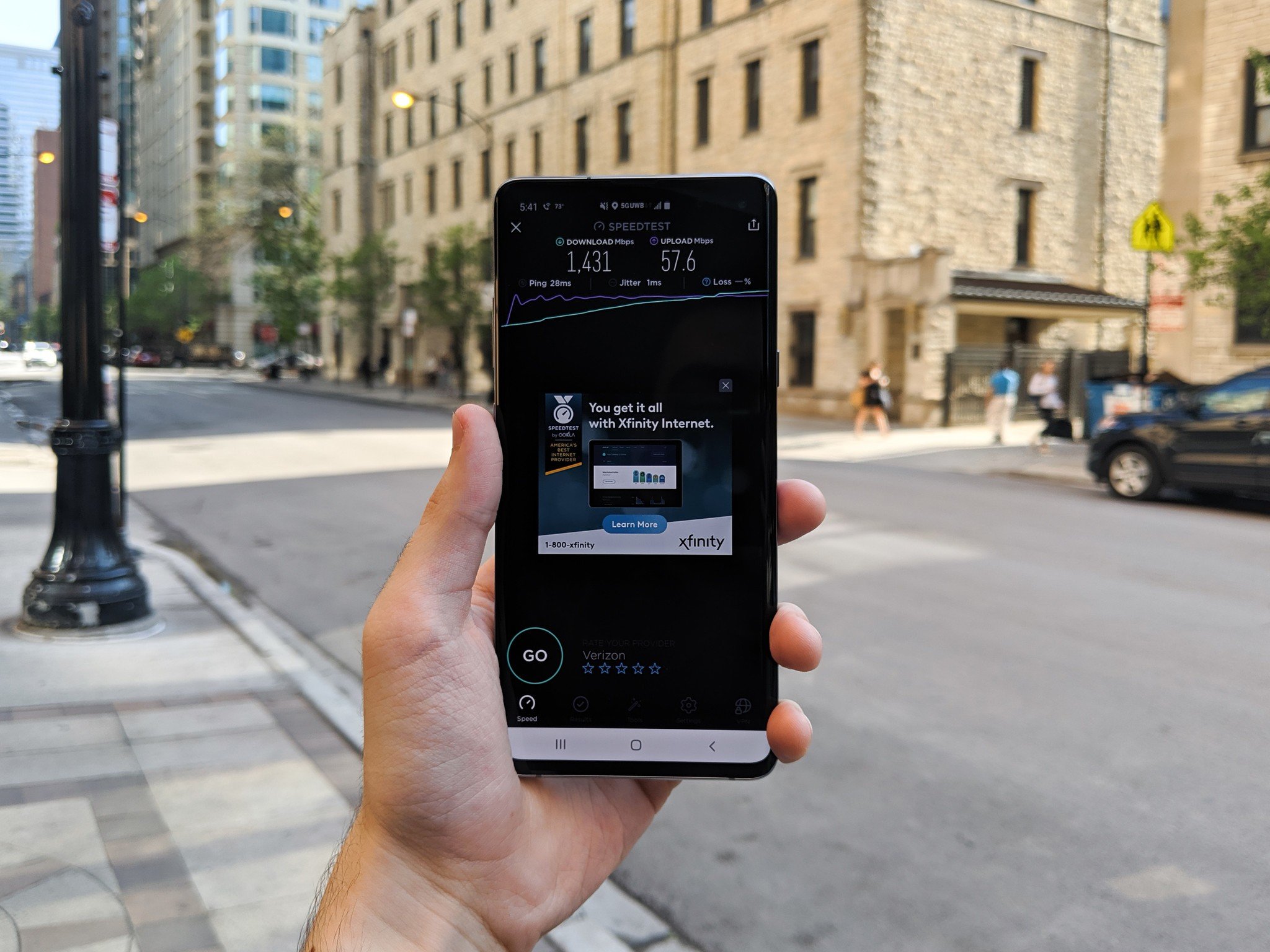


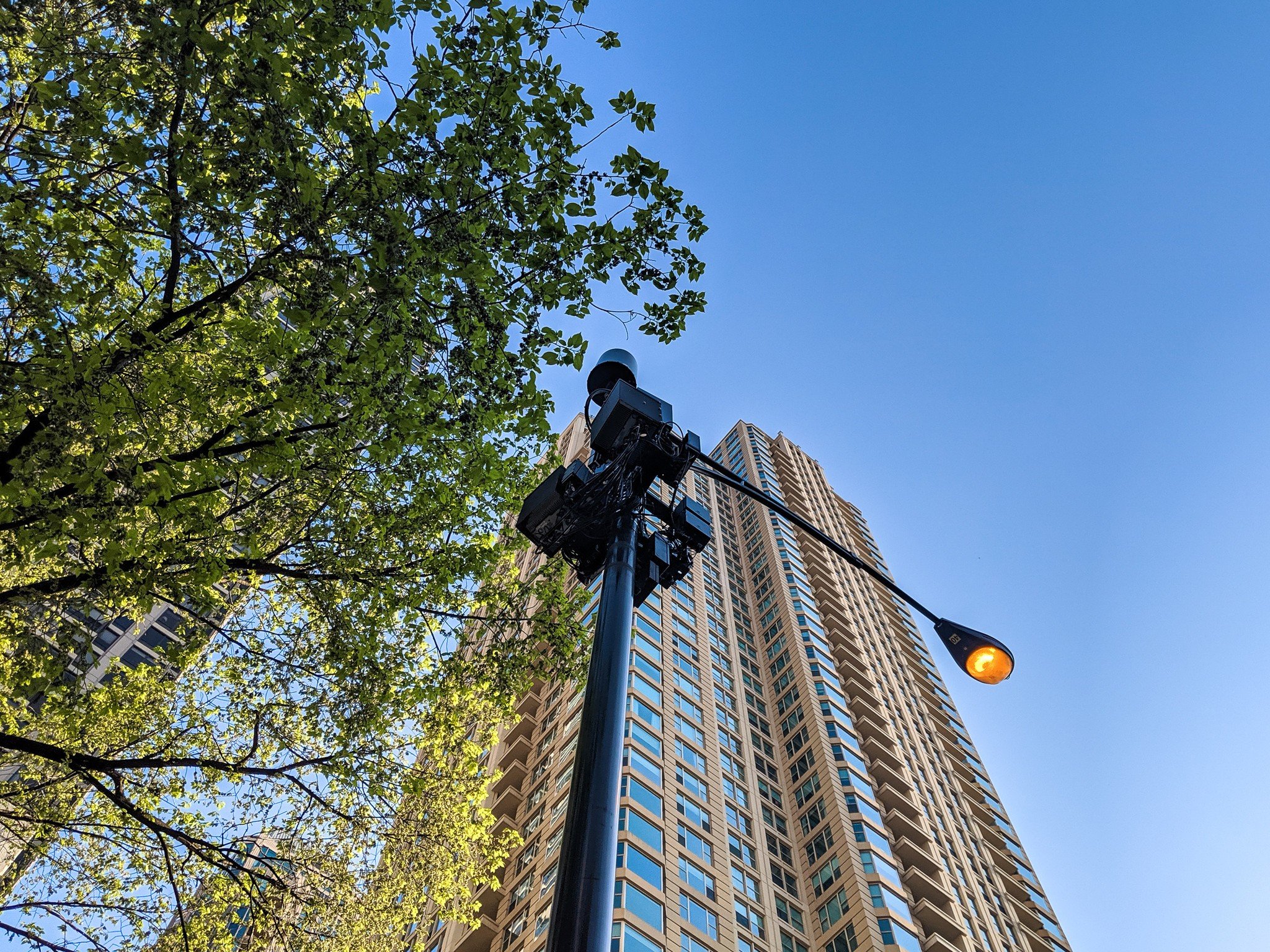
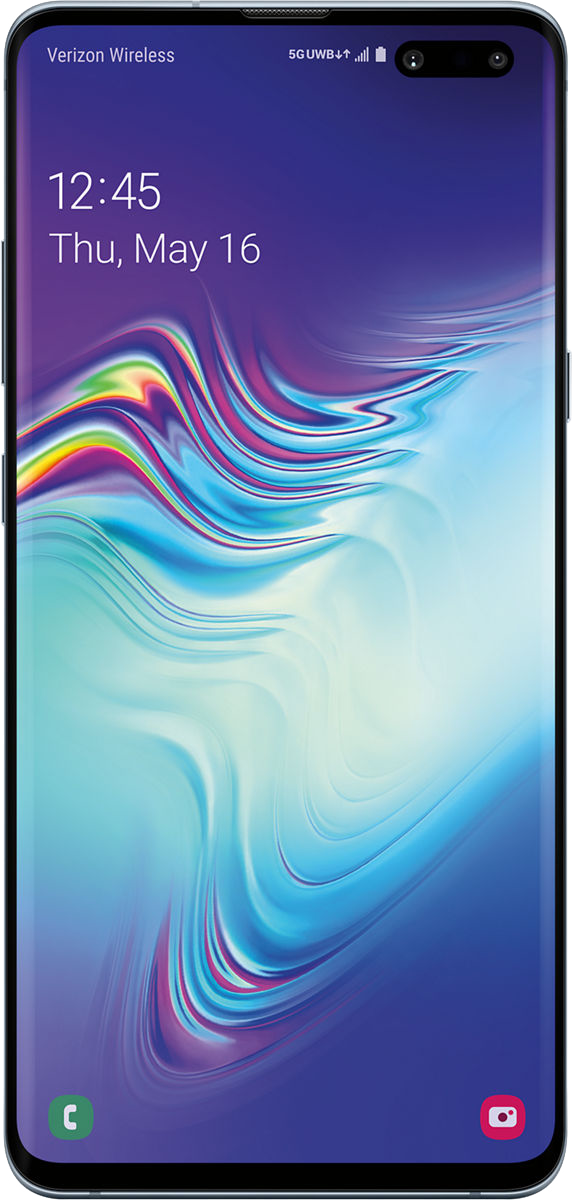
0 Response to "You Can See More: You need to know these 5G terms"
Post a Comment